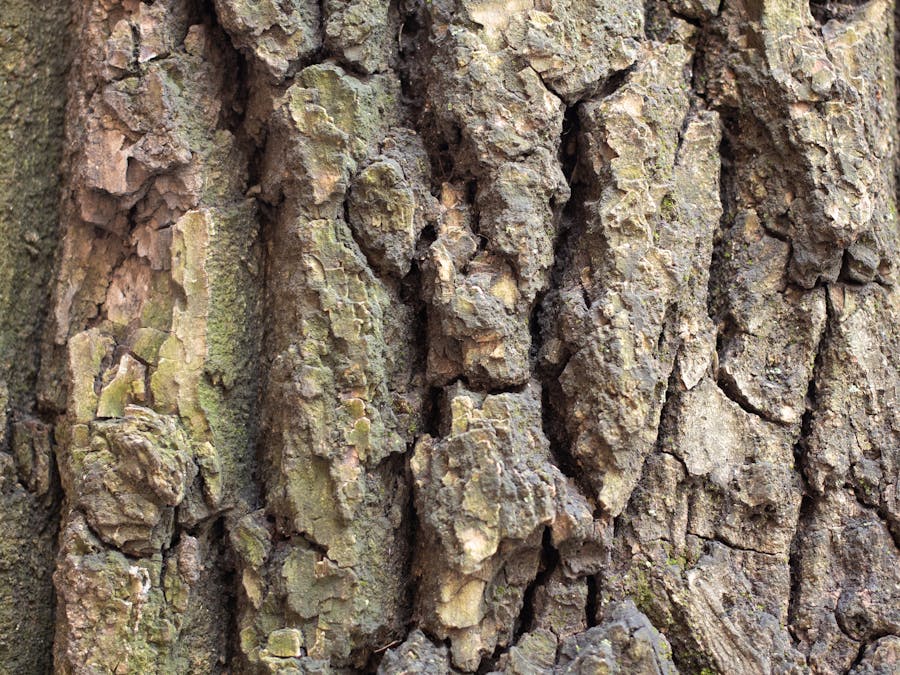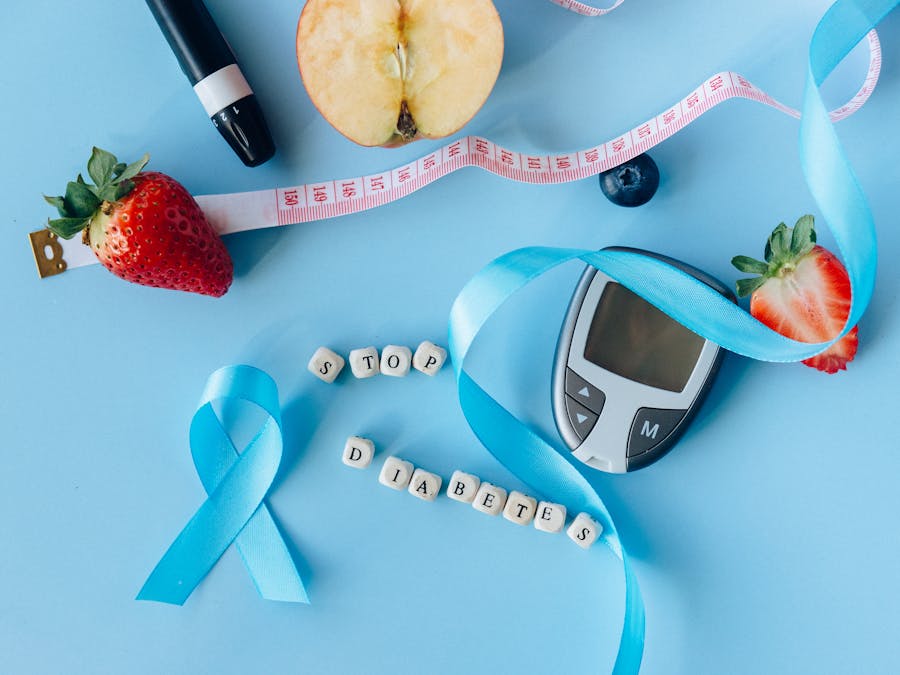 Piano Guidance
Piano Guidance
 Piano Guidance
Piano Guidance

 Photo: Yan Krukov
Photo: Yan Krukov
The short answer to that last question is: YES! It's perfectly acceptable and normal for a pianist to look at their hands while they play. An important part of the design of any musical instrument is the necessary range of movement for the player in order to produce sound.

Putting the individual above social ties is at the root of unhappiness. What everyone wants from life is continuous and genuine happiness," said...
Read More »
Linda Ronstadt lost her ability to sing nearly a decade ago, and now her vision and hearing are going too. But the Grammy-winning singer, best...
Read More »
The Top 50 most iconic songs of all time Smells Like Teen Spirit - Nirvana. Imagine - John Lennon. One - U2. Billie Jean - Michael Jackson....
Read More »
A new study suggests that humans have a special spider-sense that makes us exquisitely attuned to the crawling critters, even when we're paying no...
Read More »When a piano player moves their hands across the 4 feet of the keyboard length, there are generally two types of movement happening, and the way you handle them depends upon the distance between the notes. This distance between notes is referred to as an “interval” in music. The first type of movement happens when the interval between one note and another is on the smaller side. This would be when you are able to reach from the current key to the next key without having to pick up your hand. This occurs when notes are not very far apart horizontally on the keyboard: usually the distances of less than 7 keys away are within reach for an average sized pianist’s hand. In this case, the pianist memorizes the specific distance (called an “interval”) between two notes. A proficient pianist can extend their hand (or compress their hand) to those closer intervals without looking. The second type of movement requires that the line is broken: the next note cannot simple be reached by stretching or extending your hand. In this case, the pianist must lift their hand up and move it to a different location. It’s important to be able to see where to land, so the pianist will often look down at their hand in this case. Do pianists look at their hands while they play? It depends upon the musical style! A piano score can have a lot of variety. How often the notes are “out of reach” would affect how often a pianist looks at their hands while they play. Baroque keyboard music, such as a Bach Fugues or Inventions, tend not to have a lot of large skips in the melody. This means that a pianist could potentially get away with looking at their hands less often because it requires less position changes. On the other hand, music from the Romantic period – such as music written by Chopin or Liszt – often has much larger leaps in both hands. This requires the pianist to look down much more often to ensure accuracy! Remember, there are also two hands to watch at the same time! This can complicate things a lot. If you play the lowest piano key with your left hand and look at it, you will not be able to see the keys in the middle and high register, and chances are that your right hand needs to be playing there at the same time.

The Ninth Symphony was Beethoven's last work for large-scale forces.
Read More »
On May 8, 1945, the British cruiser HMS Dido was en route to Copenhagen Denmark. At one point during the journey, a lone German aircraft approached...
Read More »
Pink Floyd | “Comfortably Numb” GUITARIST: David Gilmour (1979) Van Halen | “Eruption” ... Led Zeppelin | “Stairway To Heaven” ... Queen |...
Read More »
Niccolò Paganini, the 19th century violin master, one of the first innovators of musical instrument tapping.
Read More »
Pianoforall is one of the most popular online piano courses online and has helped over 450,000 students around the world achieve their dream of playing beautiful piano for over a decade.
Learn More »
Changing the keycaps is not difficult, but it will take somewhere between 30-45 minutes for a full-sized keyboard, and much less for a TKL or...
Read More »
Porphyria cutanea tarda (PCT) typically is acquired rather than inherited, although the enzyme deficiency may be inherited. Certain triggers that...
Read More »